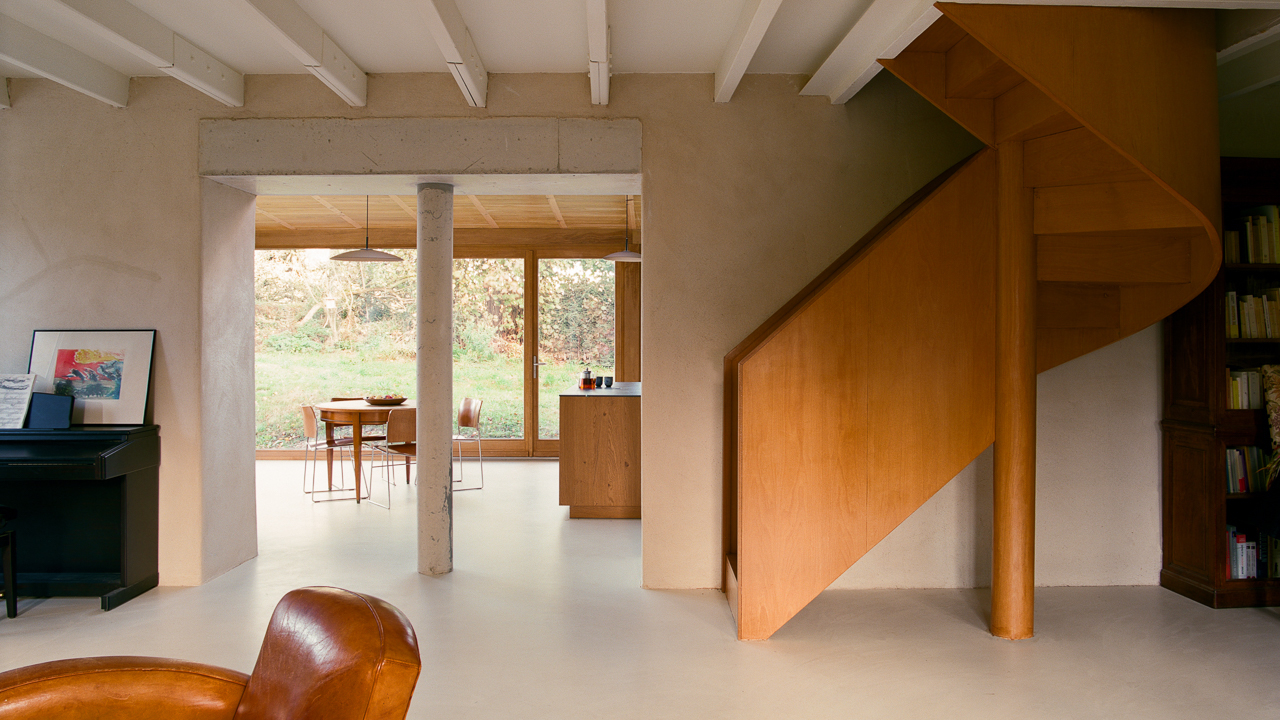Future scent: Acqua di Parma’s new sustainable perfumery
The heritage brand looks toward the future with a new eco-conscious scent

Sustainability has been a word bandied around by brands for years, but the world-altering events of 2020 have proven that industries need to rethink the environmental impact of their products sooner rather than later.
Acqua di Parma’s latest fragrance, Colonia Futura, is a prime example of how heritage brands can create more environmentally-friendly products without sacrificing on quality or dramatically altering their aesthetic. Its launch offers a case study in what will no doubt become an increasingly popular initiative for luxury brands in the coming months and years as consumers become more invested in sustainable beauty and grooming products.

Since its founding in 1916, Acqua di Parma has sought to preserve what it calls the ‘Art of Italian Living’. That means scents which draw inspiration from Italy's natural environs, notes of lemon, bergamot, seawater, and cypress are common, and packing influenced by Italy’s historic appreciation of timeless design.
Colonia Futura sees the brand pivoting that same mission into a contemporary context. Now, ‘preserving’ Italian living not only means celebrating the artistic and natural heritage of Italy, but also creating a product that tries to protect the environment it comes from.
The scent itself contains 99 per cent natural origin ingredients that adhere to the ISO16128 standard, which is an internationally recognised set of guidelines for the cosmetic industry that dictate what qualifies as natural and organic ingredients.
This emphasis on fully natural ingredients is a first for the brand, but the scent itself is still classically Acqua di Parma. Masculine and crisp, the fragrance combines bergamot from Calabria with the herby freshness of sage and the subtly floral scent of lavender with bright citrus notes.

The packing of fragrance likewise reflects a more eco-conscious ethos. The distinctive cylindrical black cap is now made from completely recycled products that can be recycled again after use, while the classic Acqua di Parma label is crafted from the scrap dust of marble quarries, and the recognisable bright yellow outside packaging in is made from recyclable cardboard.
Acqua di Parma’s new launch sees the brand reconfiguring a well-known product so that it responds to the concerns of our contemporary world. In doing so, it serves as a prime example of how heritage beauty brands will continue work towards being more eco-conscious in the coming years.
INFORMATION
Receive our daily digest of inspiration, escapism and design stories from around the world direct to your inbox.
Mary Cleary is a writer based in London and New York. Previously beauty & grooming editor at Wallpaper*, she is now a contributing editor, alongside writing for various publications on all aspects of culture.
-
 The Bombardier Global 8000 flies faster and higher to make the most of your time in the air
The Bombardier Global 8000 flies faster and higher to make the most of your time in the airA wellness machine with wings: Bombardier’s new Global 8000 isn’t quite a spa in the sky, but the Canadian manufacturer reckons its flagship business jet will give your health a boost
-
 A former fisherman’s cottage in Brittany is transformed by a new timber extension
A former fisherman’s cottage in Brittany is transformed by a new timber extensionParis-based architects A-platz have woven new elements into the stone fabric of this traditional Breton cottage
-
 New York's members-only boom shows no sign of stopping – and it's about to get even more niche
New York's members-only boom shows no sign of stopping – and it's about to get even more nicheFrom bathing clubs to listening bars, gatekeeping is back in a big way. Here's what's driving the wave of exclusivity